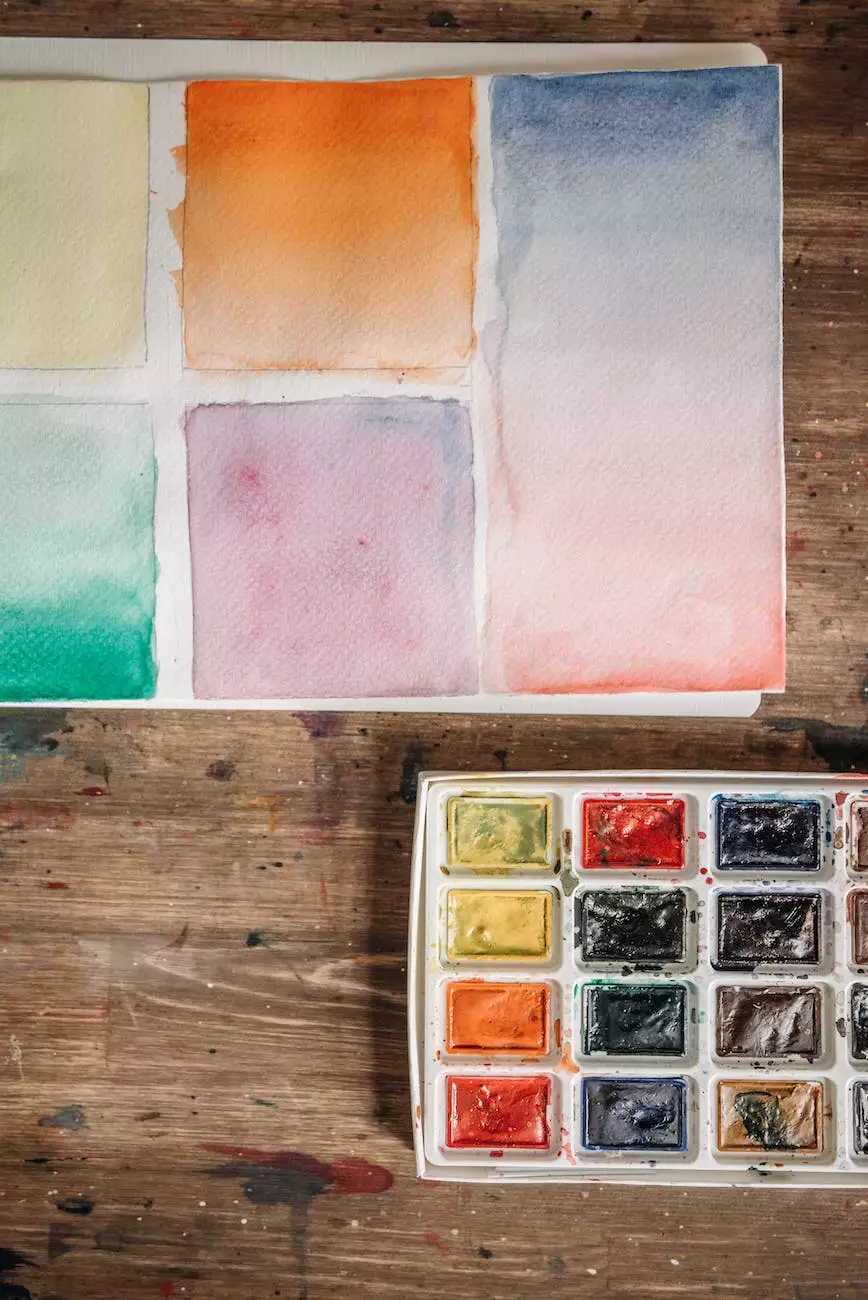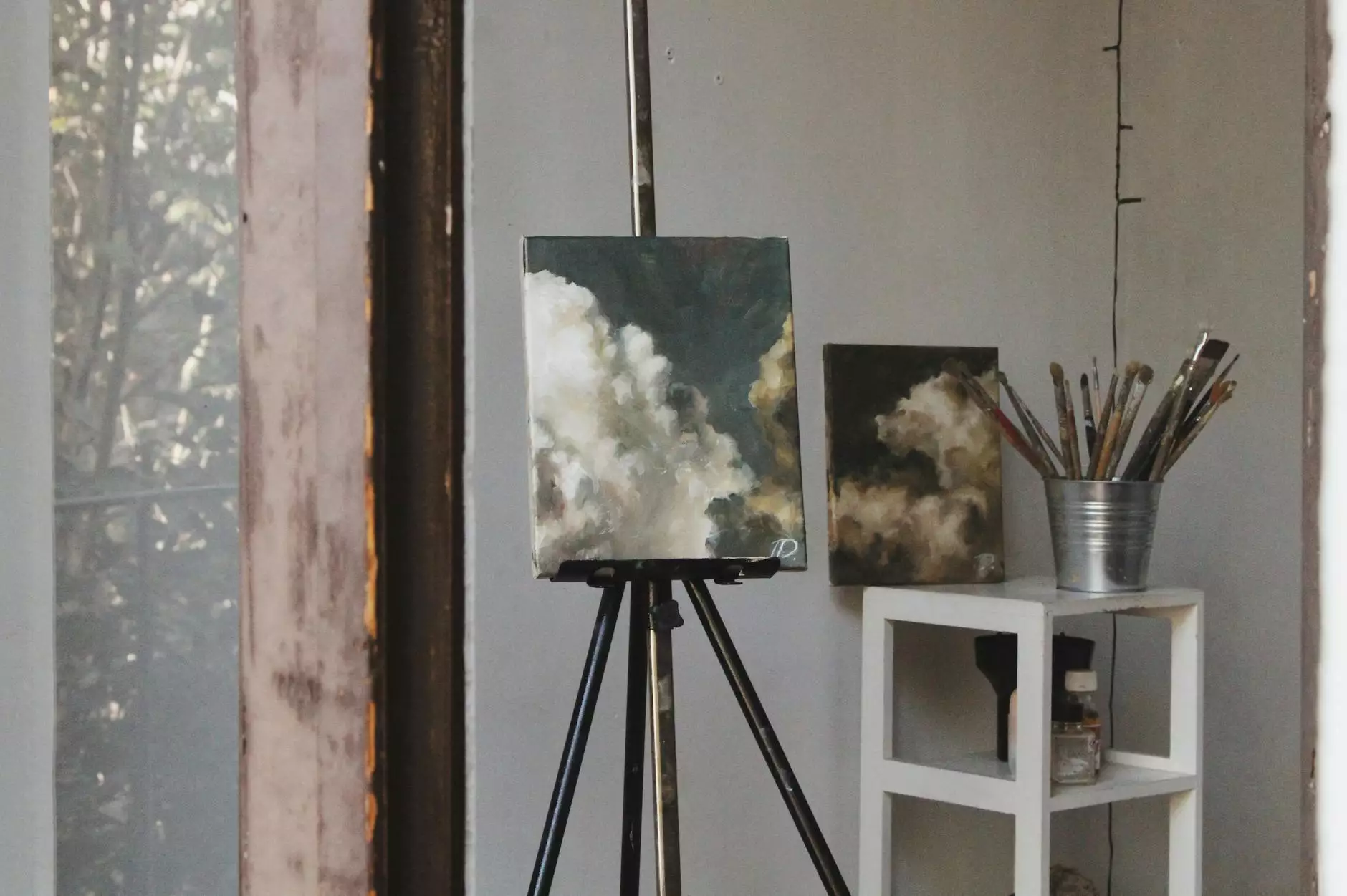Art Framing - Using Spring Clips
Blog
Welcome to Creative Spirit Art School, where we dive into the fascinating world of visual arts and design. In this guide, we will explore the art of framing using spring clips, an excellent technique to enhance and protect your artwork. Whether you are an aspiring artist, a seasoned professional, or an art enthusiast, this comprehensive tutorial will equip you with valuable skills and knowledge to create stunning frames for your masterpieces.
Understanding Spring Clips
Before we delve into the art of framing, let's familiarize ourselves with spring clips. Spring clips, also known as offset clips or offset brackets, are versatile hardware pieces used to secure artwork within a frame. They consist of a metal strip with spring tension, designed to hold the artwork firmly in place while allowing easy removal whenever necessary.
The Benefits of Using Spring Clips
Using spring clips for framing offers several advantages:
- Versatility: Spring clips can accommodate various thicknesses of artwork, from photographs and paintings to prints and drawings. They provide a secure and adjustable grip, ensuring a perfect fit for different media.
- Ease of Use: One of the standout features of spring clips is their simplicity. They are straightforward to install and remove, making it convenient to change or replace artwork within a frame.
- Minimal Damage: Spring clips are non-invasive and do not require any adhesive tapes or glues. This means your artwork remains untouched and unharmed, preserving its integrity for years to come.
- Cost-Effective: Compared to other framing methods, spring clips offer a cost-effective solution without compromising quality. They are readily available and affordable, making them an excellent choice for both personal and professional use.
Step-by-Step Guide to Framing with Spring Clips
Now that we've covered the basics, let's get hands-on with the framing process using spring clips. Follow these step-by-step instructions to transform your artwork into stunning frames:
Step 1: Gather Your Materials
Start by gathering all the necessary materials:
- Artwork - the piece you wish to frame
- Spring clips - choose the appropriate size based on the thickness of your artwork
- Frame - select a frame that complements your artwork and desired aesthetic
- Mounting board - provides support and creates a professional finished look
- Backing board - ensures the artwork remains flat and secure within the frame
- Hanging hardware - for displaying the framed artwork
- Tools - such as a screwdriver, scissors, and a measuring tape
Step 2: Prepare the Artwork
Carefully measure and trim the mounting board to fit the dimensions of your artwork. Ensure that the board is slightly smaller than the artwork to avoid any overlapping or covering important details. Place the artwork on top of the mounting board, aligning it as desired.
Step 3: Attach Spring Clips
Take the appropriate number of spring clips and position them along the edges of the mounting board, ensuring an even distribution of tension. Gently press down on the clips to secure them in place, allowing the spring tension to hold the artwork firmly.
Step 4: Assemble the Frame
Insert the assembly, consisting of the artwork, mounting board, and spring clips, into the frame. Ensure a snug fit and check for any gaps or misalignments. Once satisfied, secure the frame by attaching the backing board and fastening it with the provided screws or clips.
Step 5: Finishing Touches
Inspect the framed artwork for any loose components or visible imperfections. Make any necessary adjustments or touch-ups to ensure a flawless presentation. Attach the hanging hardware to the back of the frame, following the manufacturer's instructions.
Tips and Tricks for Professional-Looking Frames
To achieve exceptional results, here are some additional tips and tricks to consider:
- Matting: Incorporate matting to enhance your artwork's visual appeal and create a professional gallery-like finish.
- Conservation: If you plan to display valuable or irreplaceable artwork, opt for acid-free materials to prevent any potential damage over time.
- Lighting: When displaying framed artwork, consider the lighting conditions to showcase your piece in the best possible way. Avoid direct sunlight or harsh artificial lighting that can fade or damage the artwork.
- Customization: Experiment with different frame styles, colors, and textures to find the perfect match for your artwork and personal taste.
By following these expert techniques and recommendations, you will master the art of framing using spring clips. Let your creativity shine through beautifully framed artwork that captivates viewers and stands the test of time. At Creative Spirit Art School, we invite you to explore further topics in the world of visual arts and design. Join our community and unleash your artistic potential today!




